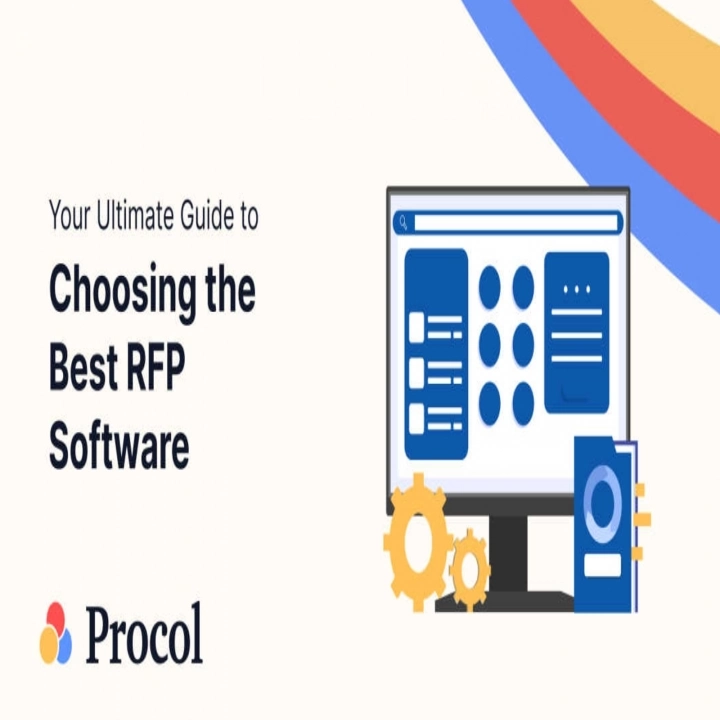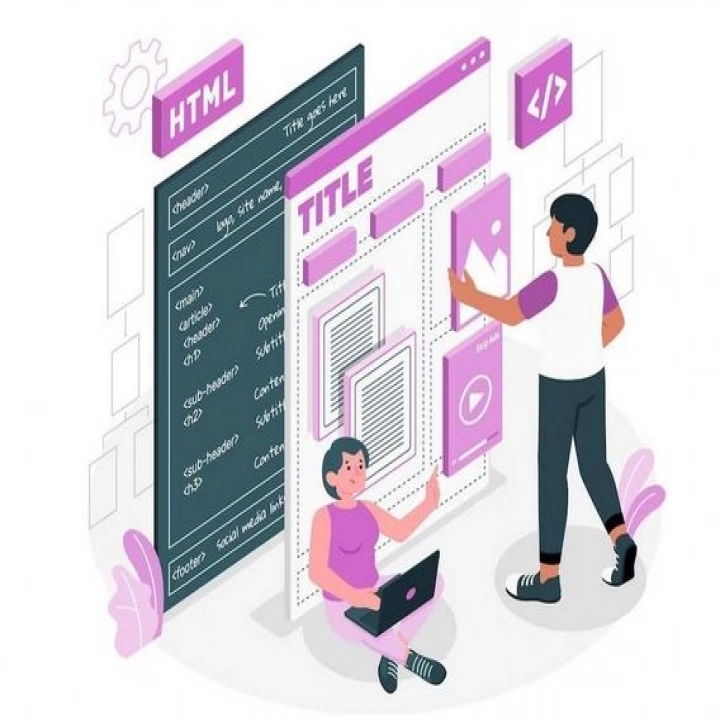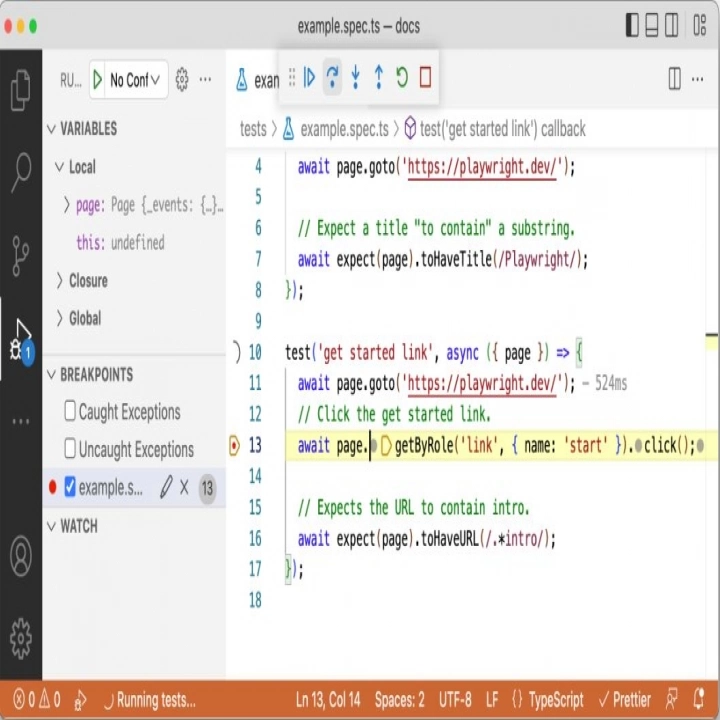Top Perks of Investing in Request for Proposal Software
In this ever-changing business time, the efficiency and the effectiveness of specific procedures are of high importance for success. Implementing only the first stage of decision making, many companies fail to manage the offers and conceptions (RFPs). In the past, the request for proposal software process was a labour-consuming and time-intensive process that included the sending and tracking of hundreds and thousands of emails and the creation and errands of endless spreadsheets. This article will cover the main ten benefits of reaping the return of investment software, and talk about its transformative effect on the RFP management process.
1. Centralized RFP Management
Perhaps the most significant benefit of the RFP software is that it unites the process of RFP in one place unlike it was in the past. By automating and consolidating all RFP information and documents into one single platform, the organization can purchase and renew the product speed and operationalize direct communication channels. Thus, they can streamline their workflows and avoid scattered emails, shared drives, and divergent communication channels. The implementation of a centralized system ensures not only better efficiency of the process but also certain collaborations and transparencies among team members who are participants in the RFP process.
2. Streamlined Collaboration
In my opinion, effective collaboration is the main rule of the game in the work of RFP management, as this process typically involves data, ideas and contributions from several departments and groups of stakeholders in the organization. RFP software developments enhance collaboration efficiency between team members through a secure and open environment where they can access relevant data, give feedback and keep track of their progress in real time. The whole process is simplified. Everyone is at the point of being in communication all the time so that the chances of mislaid information and landed deadlines are catered for.
3. Automated Workflows
Regular manual RFP processes involve boring tasks. They are usually associated with some operational procedures like data entry, formatting a document and version control. RFP software can thus remove these routine jobs from the teams’ work plans, and team members will be able to divert their attention to strategic and value-based jobs. Automating workflows could be a major factor in reducing the time required for RFPs respond as well as the effort needed for processes such as translation, insertion of data, sending of invoices and many more, resulting in the boost of productivity and overall efficiency.
4. Consistency and compliance
Consistency and compliance are the most important things in this RFP process, because the failure of the RFP process may have a severe impact on winning bids. Among the primary features of RFP software are its centralized content libraries, templates and standardized response formats, with that, all RFP responses are trending in consistent branding, formatting and compliance requirements. Consequently, not only is the formation of well-structured proposals enhanced but also the risk of not adhering to industry standards or particular client requirements would be prevented.
5. Advanced Safety & Strict Authorization Policies
Lowering data security standards in RFP response can create defensive concerns over classified and private information. RFP software provides strong security mechanisms e.g. access controls, encryption and audit trails; therefore, the only valid people allowed to handle and edit sensitive details will be. Furthermore, the security level restricts such information and data to interested entities only. As a result, clients get convinced that similar information and data within the same organization is handled with care.
6. Sustainability Reporting with Detailed Analytics and Monitoring
Getting an RFP is not restricted to crafting eye-catching proposals and rather for it one should analyse the previous record and define shortcomings. The RFP software supplies analytical data, which makes it possible to evaluate given metrics, for instance, win rate, response time, and resource utilization. Such useful information certainly informs strategic decisions also and helps organizations keep on the scientific approach to give the best results of RFP.
7. Efficient Content Management
The main success factor of RFP response is efficacious content management. In most cases, RFP software consists of rich content management functionalities that consist of organization of items, version controlling, and search capability. These characteristics make it easy for the teams to find, reference, and revise the latest articles, thus avoiding multiple rewritings and presenting the most accurate facts at every given moment.
8. Scalability and Flexibility
With organizations growing and developing, their related RFP needs may be transformed. RFP software is built in such a way that the solutions are scalable and adaptive to the requirements that can be dynamic, without imposing any disruptions to existing processes. The software may need to be adjusted to accommodate additional team members, integrate with other systems, or be tailored to organizational needs. The RFP software in this case works as a dynamic tool, as it can be adjusted to meet your organization’s requirements.
9. Cost and Time Savings
Although purchasing RFP software could appear like an extra expense at first, there may be significant long-term cost and time savings. Organizations can drastically cut the resources and overhead expenses connected with conventional RFP management techniques by automating workflows, decreasing manual labour, and optimizing procedures. Furthermore, employing RFP software can boost productivity and efficiency, which can result in quicker response times and provide businesses a competitive advantage in receiving more bids.
10.Competitive Advantage
Organizations who use a newest tools and technologies have a big competitive advantage over their rivals in today’s business environment. Businesses may project an image of an innovation and forward-thinking while showcasing their dedication to productivity, and professionalism, as well as producing top-notch proposals by investing in an RFP software. This competitive advantage can boost a company’s standing and raise a likelihood that it will receive more bids and profitable contracts.
Conclusion
Purchasing RFP software is a wise strategic move that can revolutionize the procurement management system of an enterprise. RFP software offers a wide range of advantages, including centralized communication, quicker procedures, improved security, and thorough reporting. Businesses who use this technology stand to gain a competitive advantage in their respective industries in addition to increasing operational efficiency.







